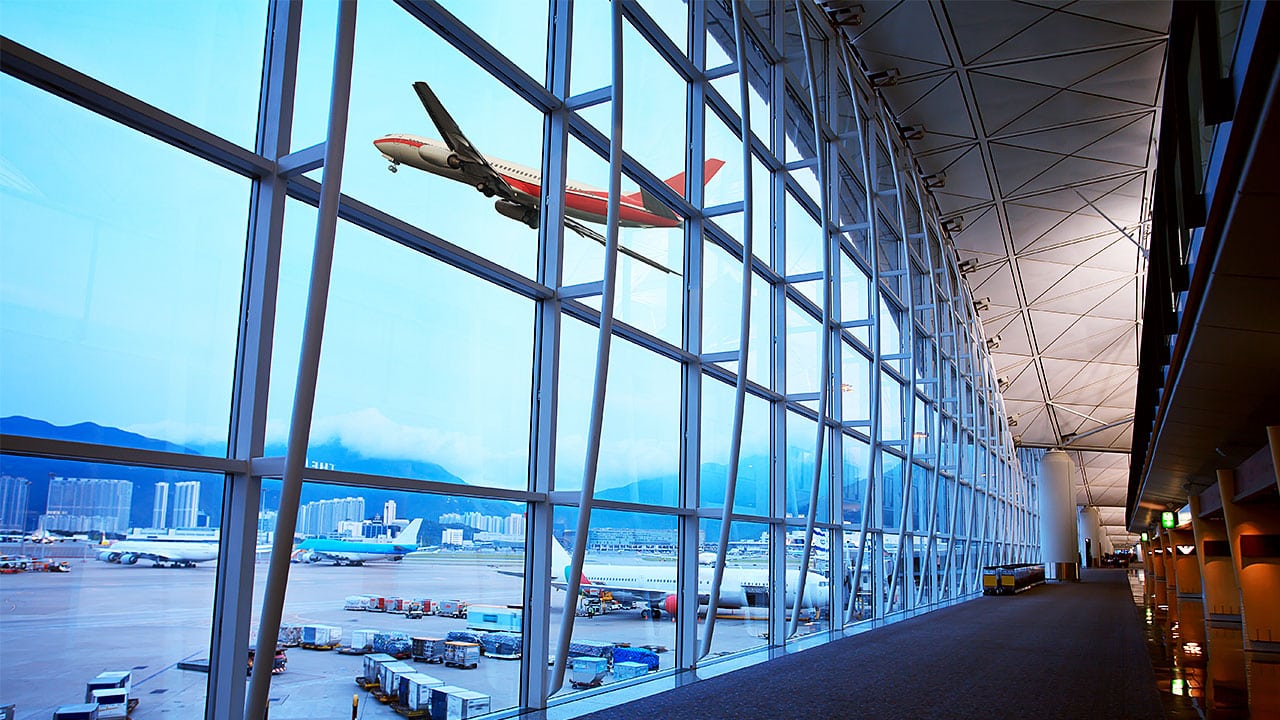Airports have gotten significantly busier over the years. In fact, last year the Edmonton International Airport saw approximately 7,807,304 travelers. As a result, airports have needed to grow larger in order to compensate for increased traffic, adding new buildings, facilities, and other attachments to meet demand. With technology advancing so quickly, it’s no wonder professionals are turning to building information modeling (BIM) to help design airports. What’s more, BIM can help cut costs and reduce the amount of time design teams spend working on an airport project!
Architectural design technicians with a good knowledge of BIM can be an important asset to teams working on airport designs. Below are a few more of the specific ways that BIM can help architectural design teams achieve their desired project goals.
BIM Makes Collaborating on an Airport Project Simple and Easy
Teamwork is important when designing any type of airport, requiring lots of building information and data from team members in different disciplines. BIM simplifies this process by collecting all of the various kinds of engineering, architectural, and other design data for airports—which can include baggage handling, electrical, and be pumping information in a single digital 3D model. Within this 3D digital environment, architectural design technicians can work alongside engineers and architects, all in real time, even if they’re not in the same province!
With so many professionals working on the same master model, BIM’s clash detection helps design teams avoid making clumsy errors. For example, a beam going through a wall, or plumbing pipes occupying the same space as the seating in an airport lounge, can be detected and addressed. This could save stakeholders money and time by eliminating any issues before construction begins. Graduates of architecture courses can also bring their valuable skills to these projects, and become great teammates.
BIM Can Create More Comprehensive Models of Large Airports
One interesting fact about designing airports in North America is that these structures are rarely built from square one. Instead, current airports are usually modified and enlarged to meet the demands of increased air and foot traffic. All of the data concerning that airport is compiled into a single highly detailed and accurate BIM model for design teams to work with.

Increases in tourism and travel mean that airports need to grow fast
Professionals with architecture training can use BIM to help architects make decisions about enlarging certain spaces. With the help of BIM, design teams can also judge an airport’s structural integrity before it’s ever built. They can also help to design adjacent hotels, as well as shopping and dining spaces within a terminal, all to meet the needs of numerous tired and hungry tourists.
Grads of Architecture Courses Can Use BIM to Help Design More Sustainable Airports
BIM can also be a valuable tool for architectural design teams looking to create more energy-efficient airports. That is because BIM can help design teams estimate how much energy a structure would hypothetically consume. For example, BIM lets professionals see where travelers may enter and leave an airport, allowing architects to determine the best places to install water pumps, heaters, and other devices, as well as the appropriate size of each to maximize energy efficiency. As such, graduates of architectural technicians programs can use BIM to reduce an airport’s carbon footprint.
Are you ready to start your career as an architectural design technician?
Fill out the form to get started!



